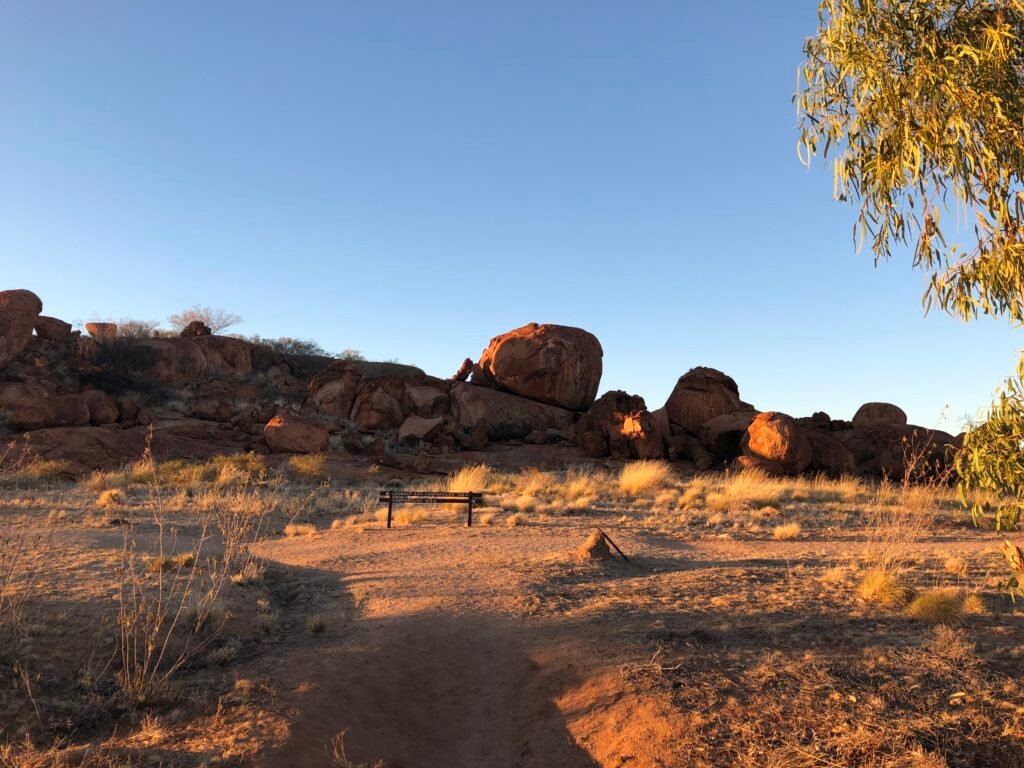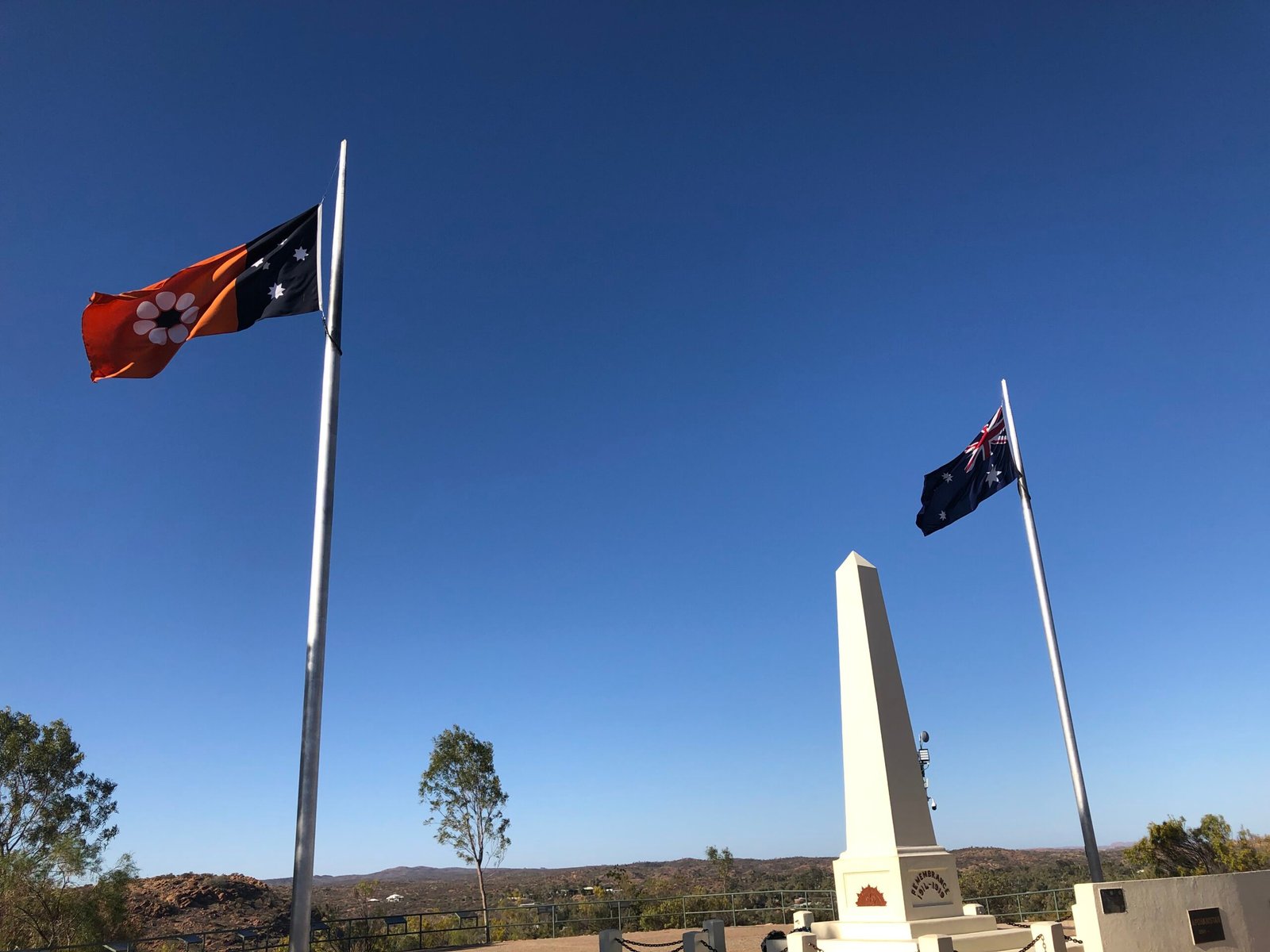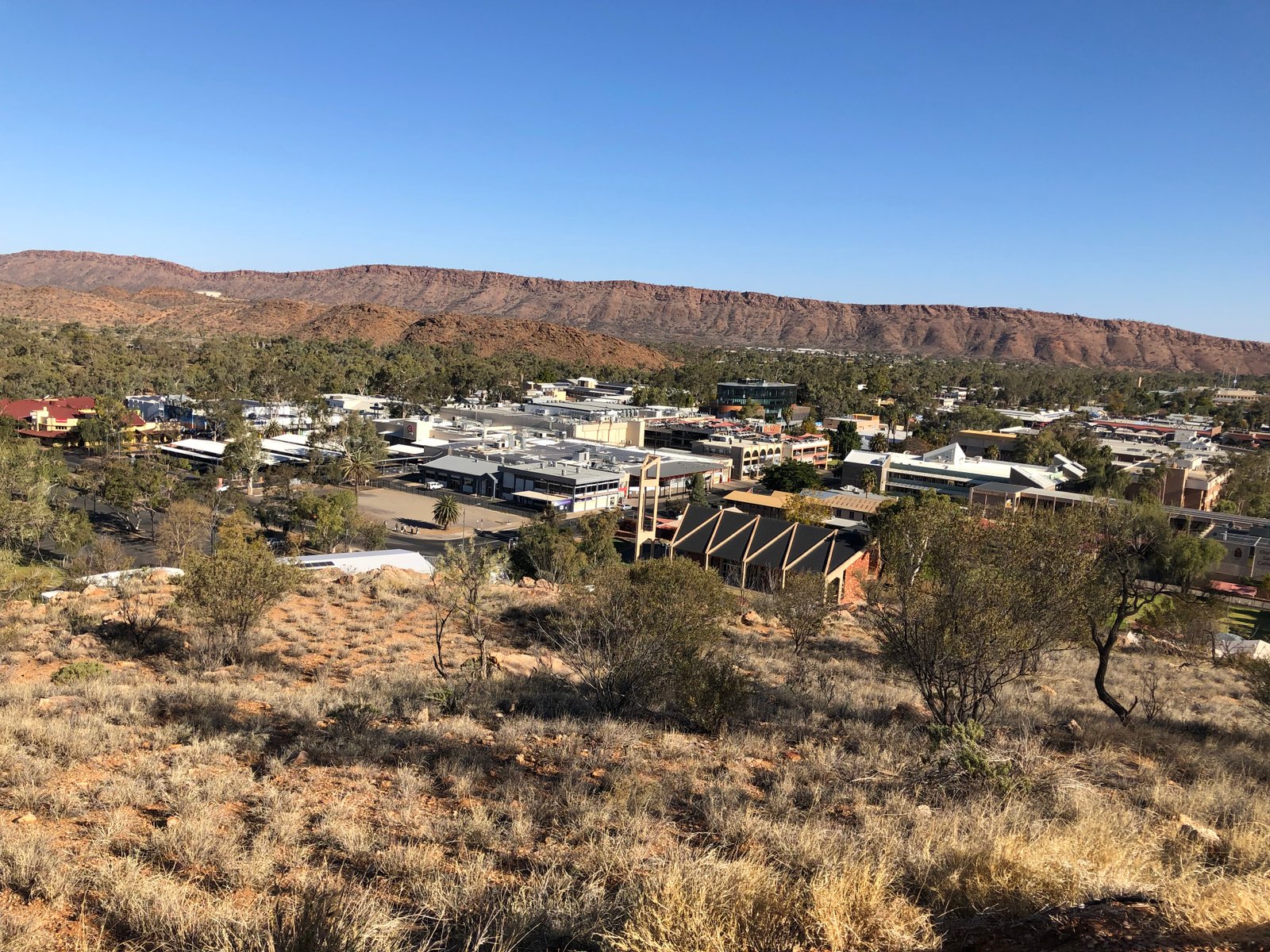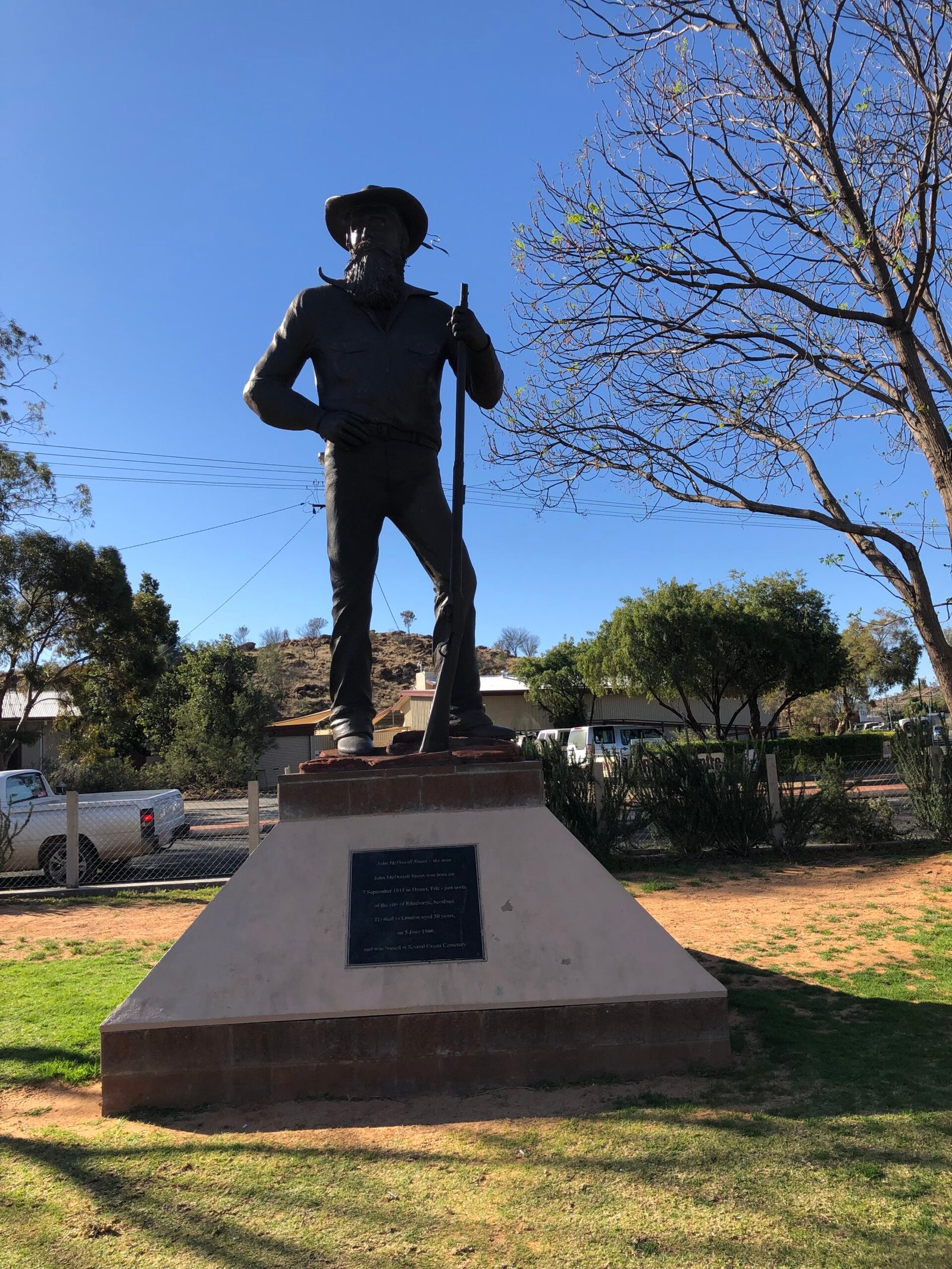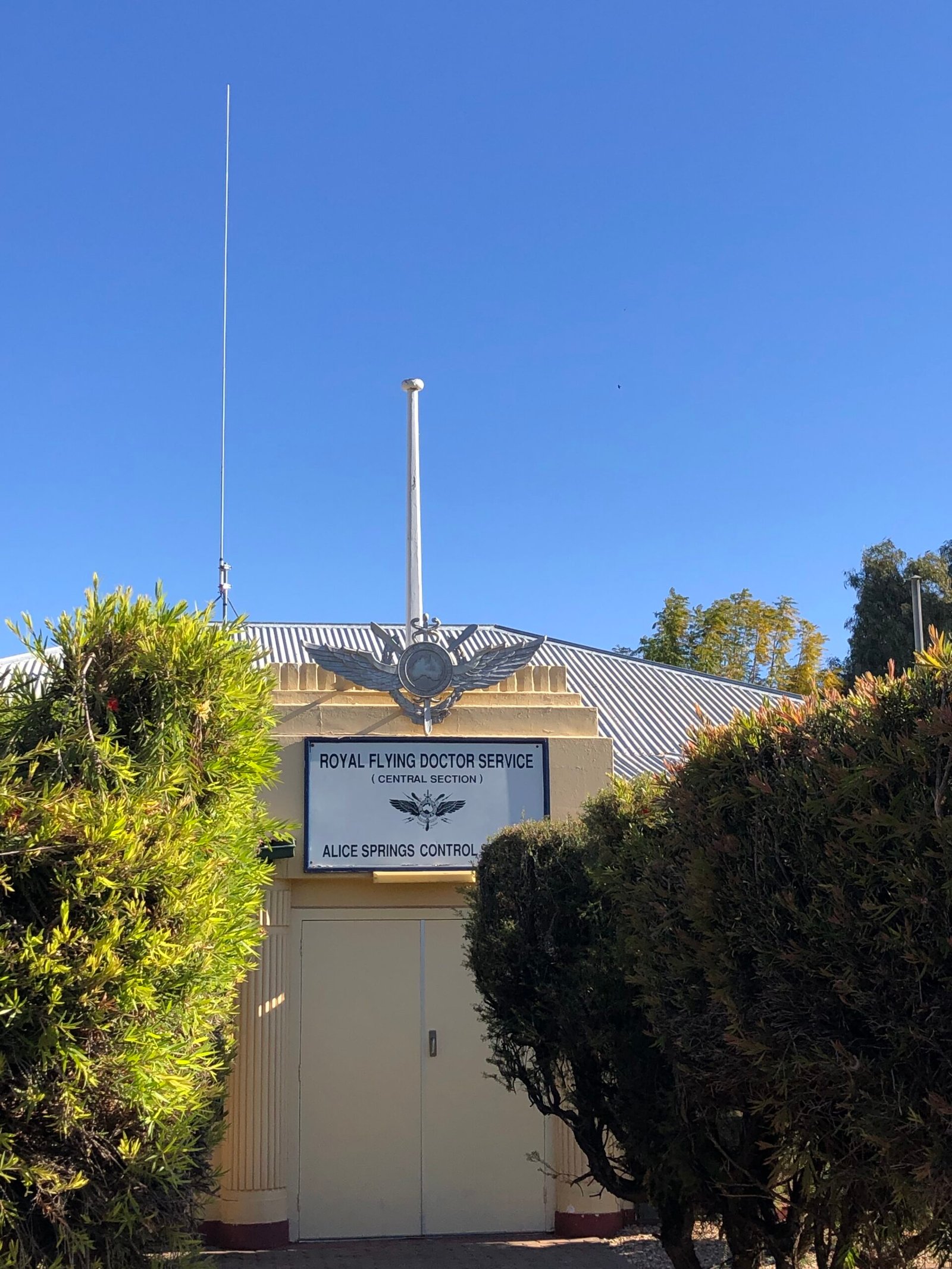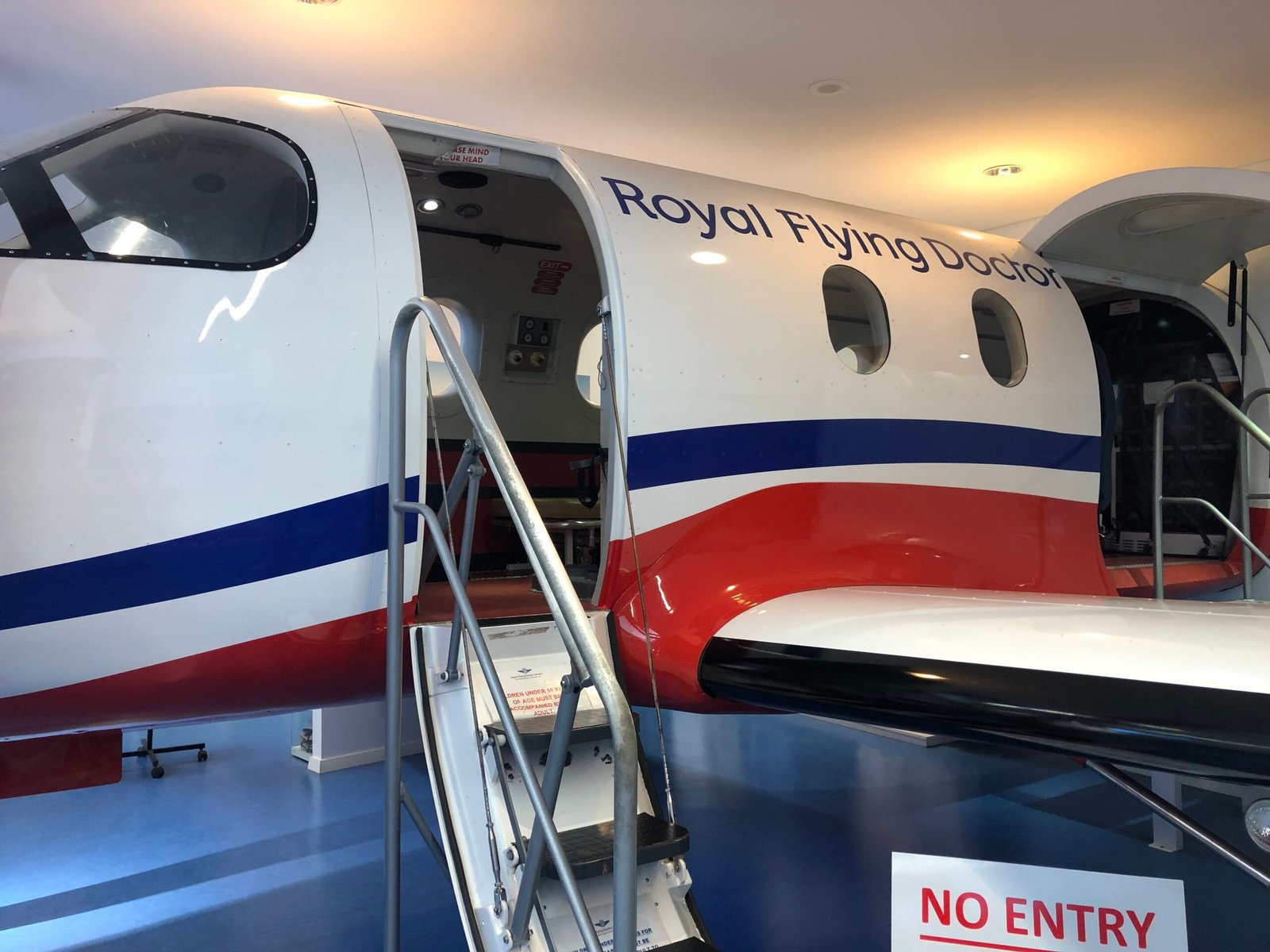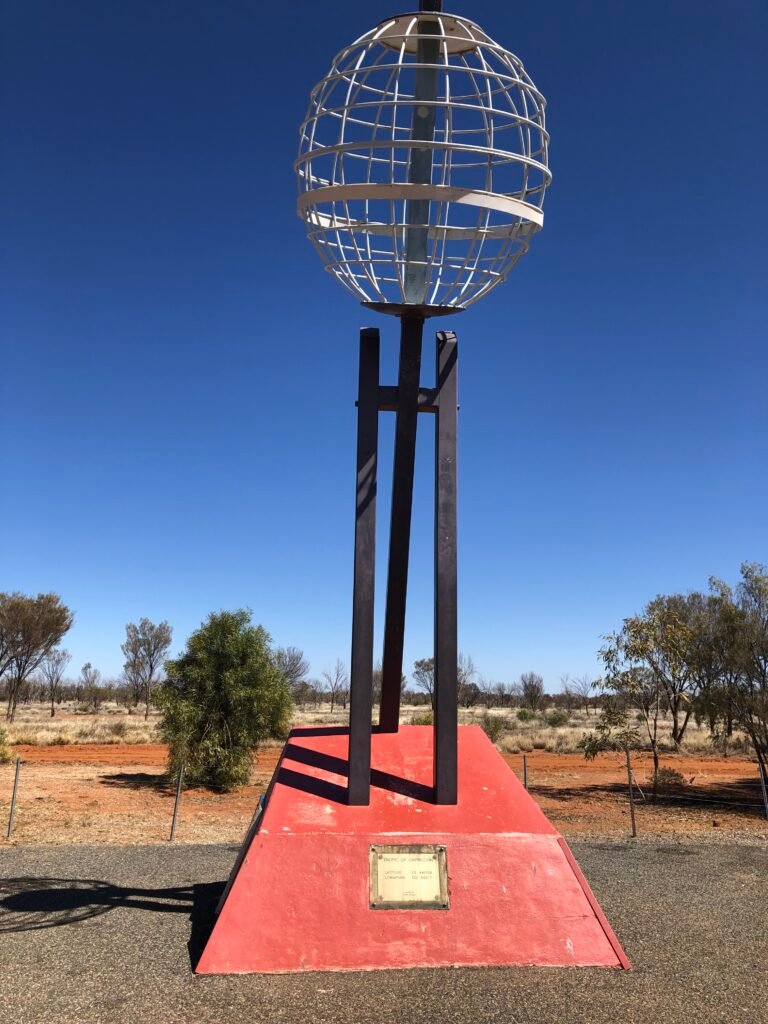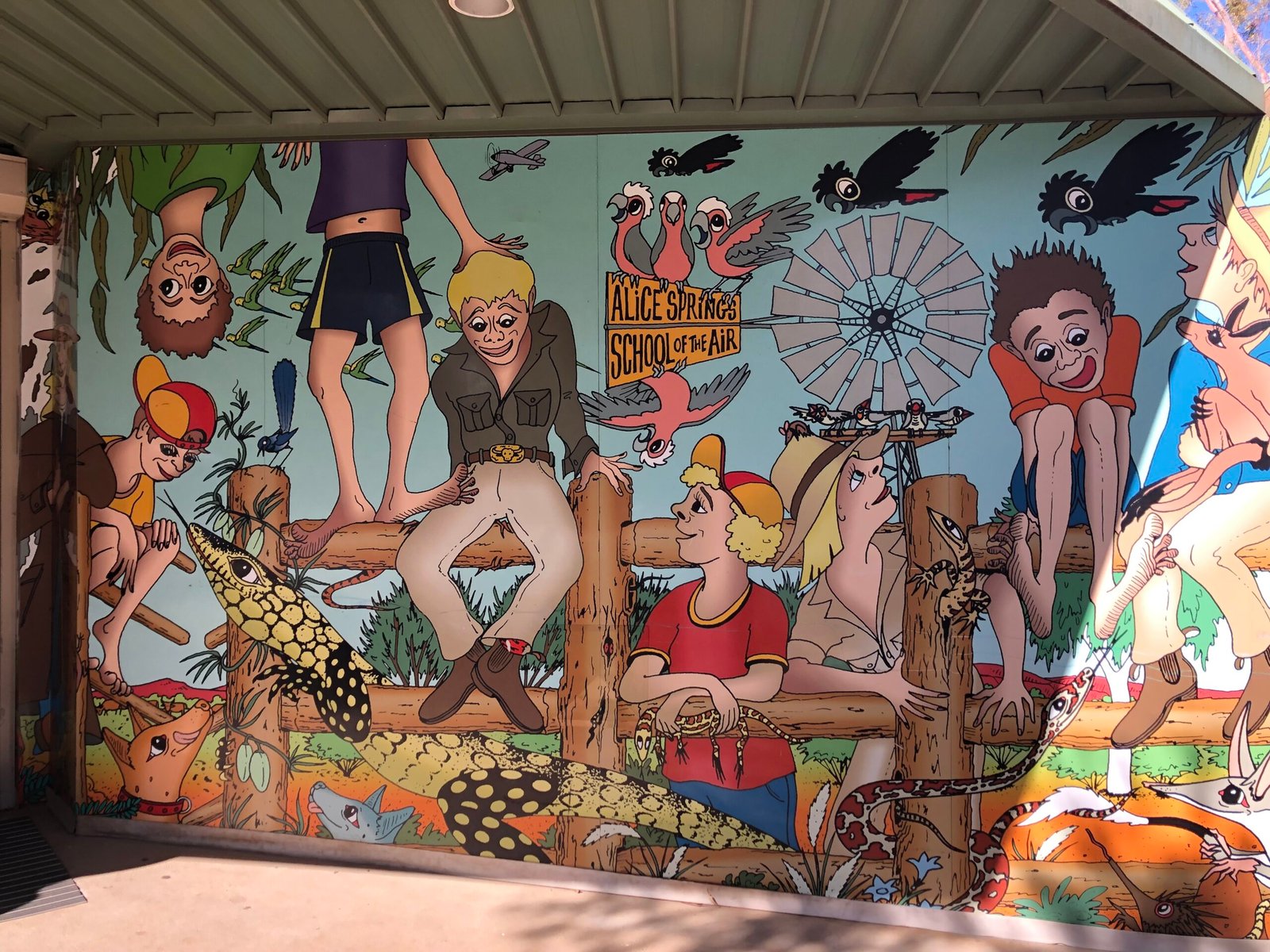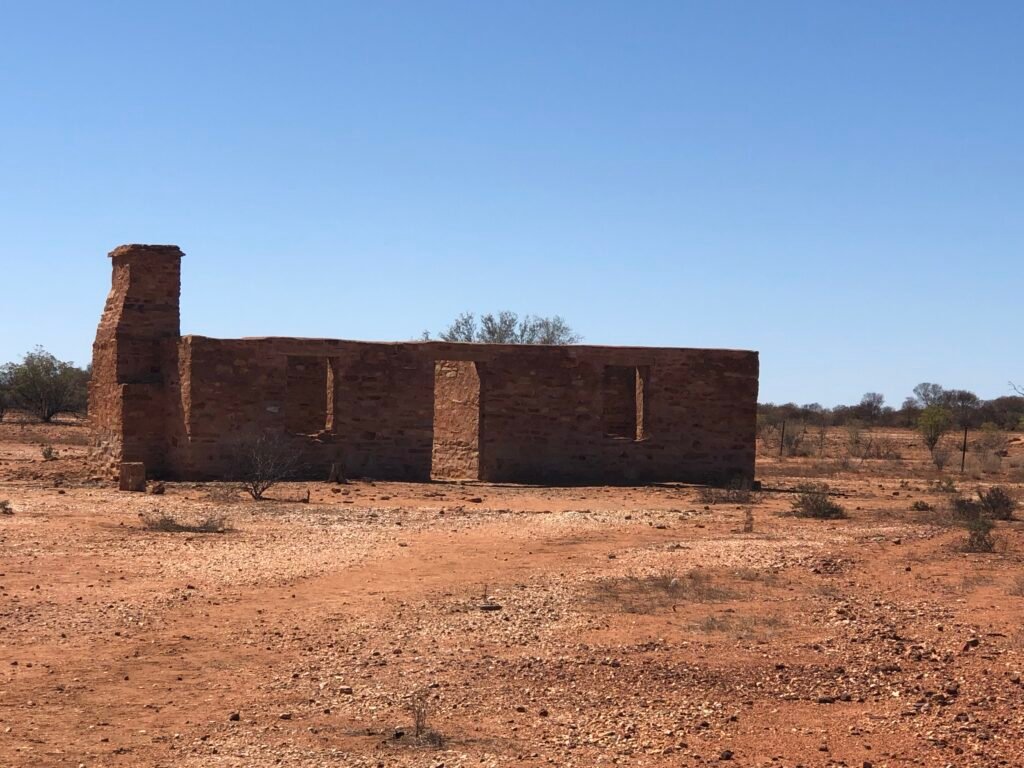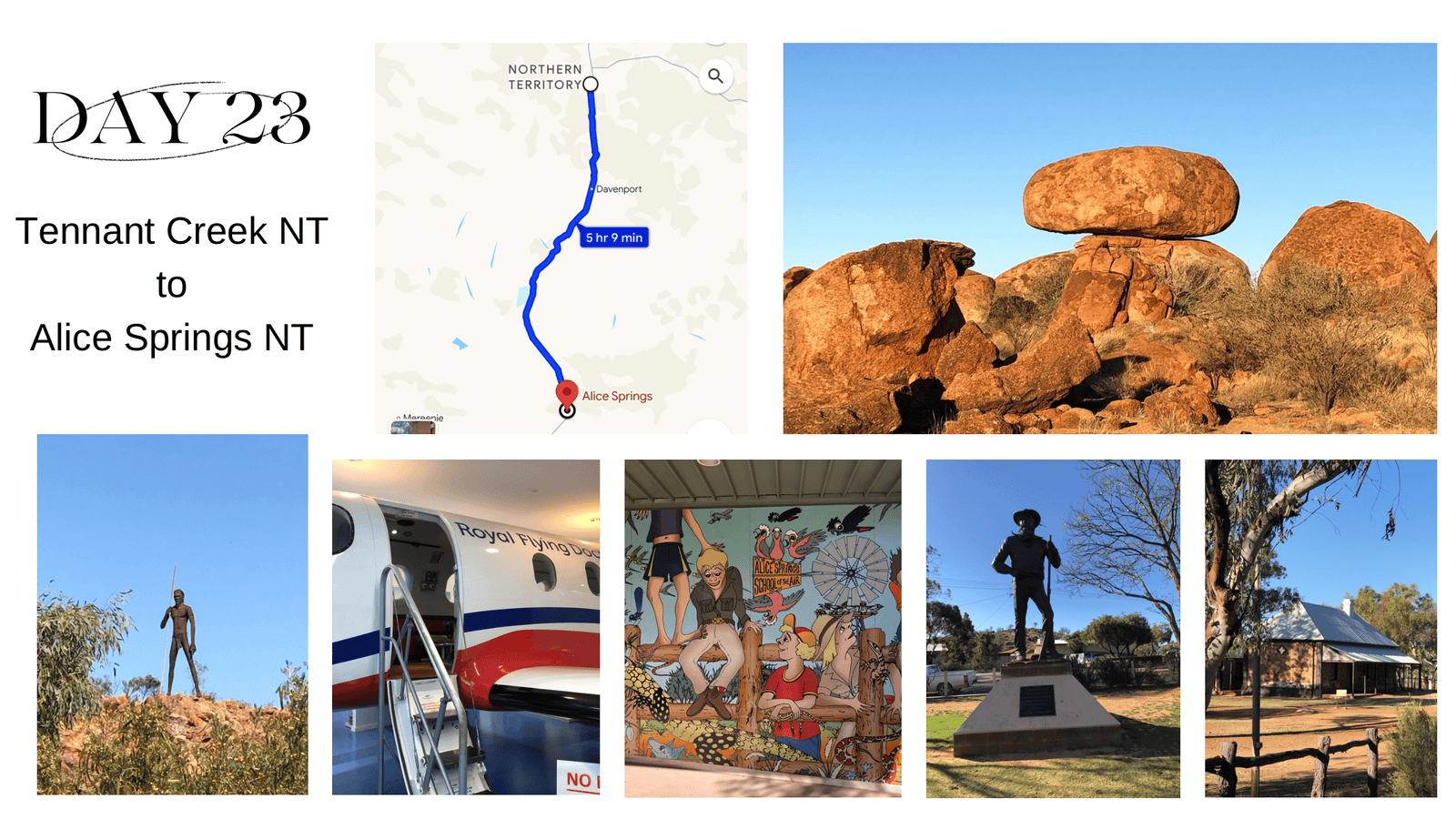Exploring the heart of Australia : Tennant Creek to Alice Springs
The drive from Tennant Creek to Alice Springs is more than just a picturesque route; it is a passage through a rich tapestry of history and culture, encapsulating the essence of Australia’s inland development. The Stuart Highway, which connects these two towns, is often regarded as a lifeline for transport and communication, but it also symbolizes the evolution of towns in remote regions. By traversing this road, travelers can witness the historical significance and the stories that have molded these landscapes.
Tennant Creek itself serves as a poignant reminder of Australia’s mining heritage. Established during the gold rushes of the 1930s, the town quickly developed into a bustling center for mineral exploration. Today, the settlement stands as a testament to the perseverance of those who sought fortune in the harsh outback. Nearby, visitors can explore the iconic Battery Hill Mining Centre, which offers insight into both historical and contemporary mining practices that shaped the town’s identity.
As we continue southwards toward Alice Springs, we encounter significant landmarks that further highlight the region’s historical context. One notable stop is the renowned Karlu Karlu, also known as the Devil’s Marbles. These massive boulders are not only significant to geological studies but are also rich in Aboriginal mythology. Local Indigenous culture places great importance on this site, connecting the land’s features with ancestral stories, thus providing a deeper understanding of the area’s cultural significance.
Ultimately, the passage from Tennant Creek to Alice Springs is dotted with stories that illustrate the complex interplay between Indigenous heritage and European settlement. As travelers reflect on the hardships and triumphs of those who came before, they are invited to appreciate the beauty and diversity embodied within this unique Australian region.
Must-See Attractions: Devil’s Marbles and Anmatjere
The Devil’s Marbles, or Karlu Karlu in the language of the local Aboriginal people, are a collection of massive granite boulders located in the Northern Territory. Known for their remarkable geological formations, these boulders have become a popular attraction for visitors exploring central Australia. The site is characterised by its unique shapes and sizes, each telling a story rooted in Indigenous culture and lore. According to local Aboriginal legends, these boulders are the eggs of the Rainbow Serpent, an important figure in Aboriginal mythology. Visitors can immerse themselves in this fascinating cultural narrative while enjoying the stunning visual beauty of the landscape.
To make the most of your visit to the Devil’s Marbles, engaging in guided tours led by Indigenous guides can provide deeper insight into the significance of the area and its natural wonders. The sunsets at this location are particularly breathtaking, with the hues of the sky creating a striking contrast against the warm tones of the stones. Photography enthusiasts will find countless opportunities to capture the enchanting beauty of the boulders, making it a must-see stop on any journey through the heart of Australia.
Additionally, a visit to the Anmatjere community offers travelers a unique chance to learn about the customs, art, and language of the local Indigenous people. This thriving Aboriginal community welcomes visitors to explore their artistic expressions, including traditional paintings and weaving, which reflect their rich cultural heritage. Engaging in cultural workshops or art classes can provide memorable experiences and foster a deeper understanding of Aboriginal life. By visiting Anmatjere, tourists can not only appreciate the artistic skills but also contribute positively to the local community by supporting their initiatives.
Exploring Alice Springs: Braitling, Royal Flying Doctor Service, School of the Air and The Alice Springs Telegraph Station.
Alice Springs, nestled in the heart of Australia, serves as a pivotal point for understanding the profound beauty and rich heritage of the region. One of the highlights of this vibrant town is the Braitling art district. This area is not only significant for its stunning landscapes, but also for being a dynamic hub where local Indigenous artists exhibit their creative works. Visitors can immerse themselves in a diverse array of art forms that reflect the rich cultural narratives of the Aboriginal people. The exhibitions often feature traditional and contemporary pieces, providing insight into the artists’ connection to the land and their heritage.
Transitioning from the art scene, the Royal Flying Doctor Service (RFDS) stands as a testament to Australia’s commitment to healthcare access, especially in remote regions. Established in the 1930s, this essential service has a profound historical significance, as it provides immediate medical assistance to those living in isolated areas. Its operations have transformed healthcare delivery across vast distances, ensuring that even the most remote communities have access to urgent care. The RFDS offers scheduled flights and telehealth services, showcasing its adaptability and dedication to improving health outcomes for all Australians. A visit to the RFDS base in Alice Springs presents an opportunity to learn about its operational history and the innovative approaches employed to deliver essential medical services.
The School of the Air marks a significant milestone in the educational journey for children residing in Australia’s remote areas. This unique educational institution employs distance learning methods to deliver lessons to students spread across vast distances. Utilizing technology such as satellite communications, the School of the Air creates interactive and engaging learning experiences for its pupils. The adaptability and creativity of this educational model highlight Australia’s commitment to ensuring that geographical barriers do not inhibit access to quality education. This institution stands as a pioneer in remote education, bridging the gap between traditional schooling and the challenges posed by the country’s vast landscapes.
We finish our day of exploration at the Old Alice Springs Telegraph Station. Established in 1871, it served as a pivotal link along Australia’s Overland Telegraph Line, connecting Darwin and Adelaide. This historic site not only bridged Australia’s population centres but also integrated the continent into the broader telegraph network of the British Empire. Before its construction, messages to England took months via sea voyage, but with the telegraph, communications through Alice Springs could reach London in as little as 5 hours—an astounding feat in the 19th century. A visit to this site is a remarkable journey through history and a must-add to your Northern Territory itinerary.
Overnight Comfort: The Diplomat Hotel Experience
Nestled comfortably in the heart of Alice Springs, the Diplomat Hotel serves as a welcoming oasis for travellers seeking relaxation after a day of exploration. This well-appointed hotel offers a blend of modern amenities and local charm, ensuring guests feel right at home. The warm atmosphere is complemented by professional service, which prioritizes guest satisfaction, creating a memorable stay.
Accommodation options at the Diplomat Hotel include a variety of well-furnished guest rooms, ensuring comfort for all types of travellers, from solo adventurers to families. Each room is designed to provide a peaceful retreat, featuring contemporary decor, free Wi-Fi, air conditioning, and en-suite bathrooms. Guests can unwind on private balconies or patios, often offering scenic views of the surrounding landscape. Many have noted that this peaceful environment significantly enhances their overall travel experience.
Dining at the Diplomat Hotel features an exceptional restaurant that highlights local cuisine while also offering a selection of international dishes. The menu is crafted to showcase the diverse flavors of the region, using fresh, locally sourced ingredients. Guests may also enjoy refreshing beverages at the hotel’s bar, which provides a perfect setting to unwind and share tales from the day’s adventures. Additionally, room service options ensure that dining can be enjoyed in the comfort of one’s own room.
Moreover, the hotel’s strategic location makes it ideal for exploring nearby attractions. Travelers will find that key sites, including the historic Telegraph Station and Alice Springs Desert Park, are just a short drive away. This proximity allows guests to conveniently immerse themselves in the local culture and natural beauty of the surrounding area. In conclusion, the Diplomat Hotel offers an extraordinary blend of comfort, hospitality, and strategic location, making it an ideal choice for those visiting Alice Springs.
The below photos were taken on an iPhone. To see our professional photos please visit our photography page.




